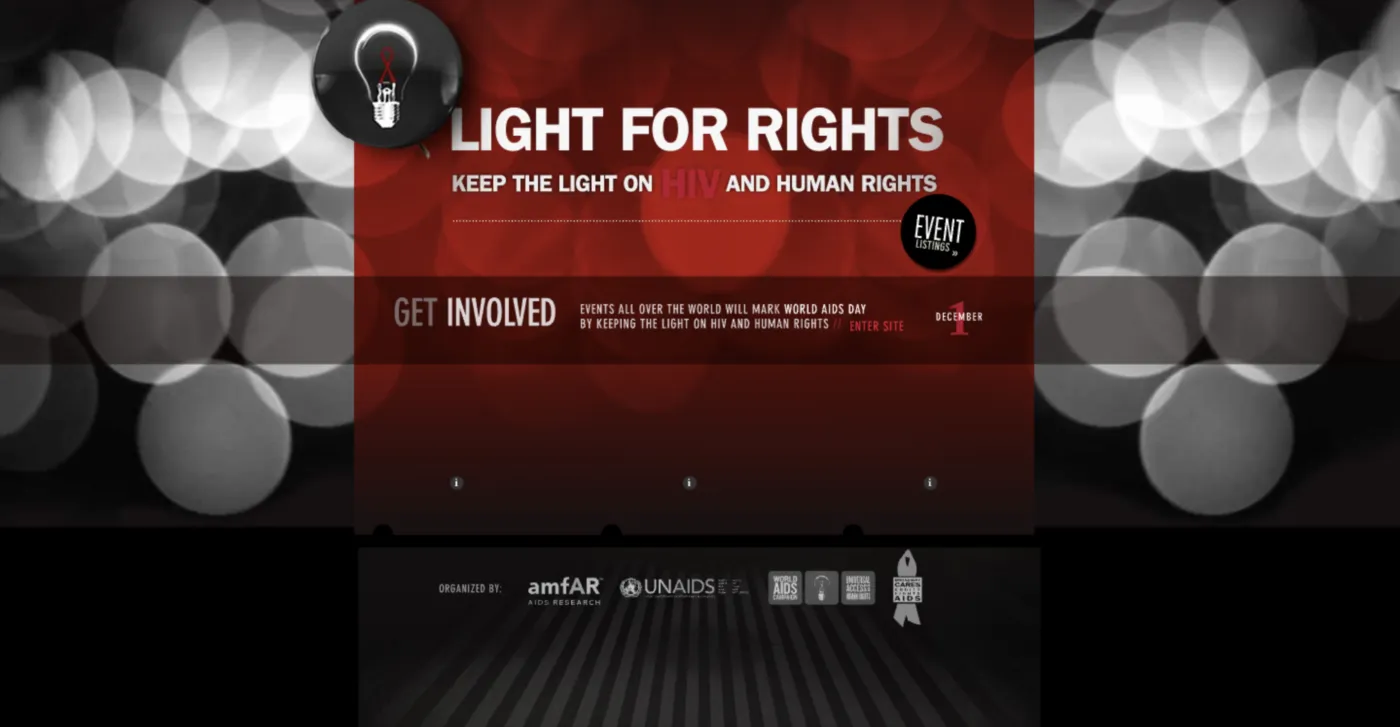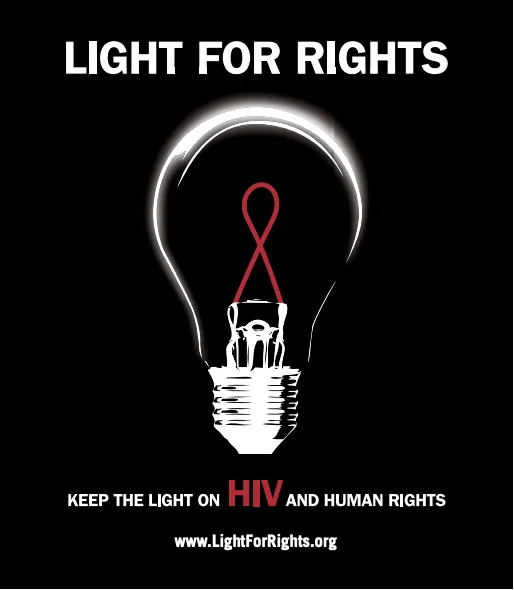This year’s World AIDS Day will continue to emphasize the critical need to uphold the fundamental human rights of people living with HIV/AIDS and address discrimination wherever it appears—in communities, workplaces, and society at large.
World AIDS Day coincides with the release of the latest UNAIDS report, which indicates that the global AIDS epidemic is shifting. The report shows a decrease in new HIV infections and AIDS-related deaths, contributing to the stabilization of the global number of people living with HIV. According to the 2010 UNAIDS report, 2.6 million people were newly infected with HIV, a 20% reduction from the 3.1 million in 1999. Similarly, 1.8 million people died from AIDS-related causes in 2009, down from 2.1 million in 2004.
From New York and Amsterdam to Beijing and Johannesburg, World AIDS Day—Tuesday, December 1—will be marked this year with a series of simple ceremonies honoring the memory of more than 25 million people who have died from HIV/AID — and shining a light on the human rights of the 33 million living with the virus today. An international campaign to spotlight World AIDS Day has been organized by a partnership among amfAR, UNAIDS, the World AIDS Campaign, and Broadway Cares/Equity Fights AIDS. The Light for Rights campaign, as it is called, urges all of us to “keep the light on HIV and human rights,” and involves the dimming of public lights, followed by their return to full brightness.


